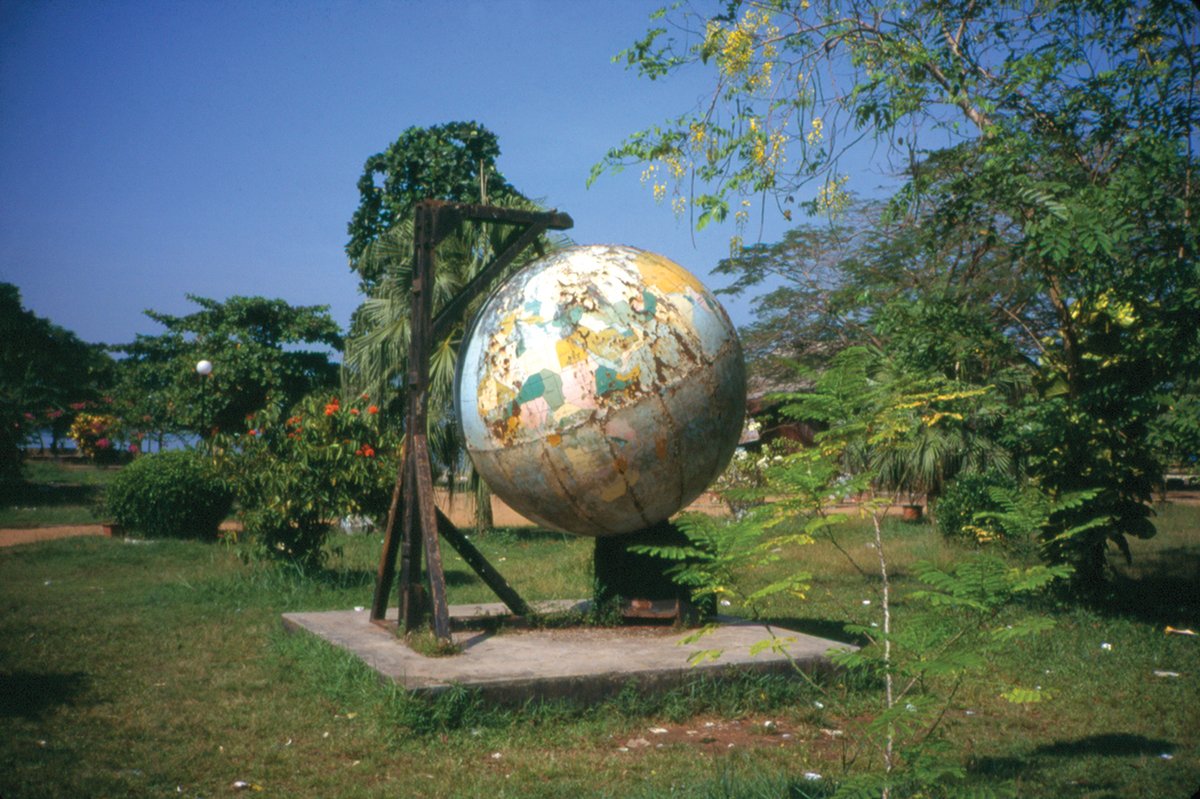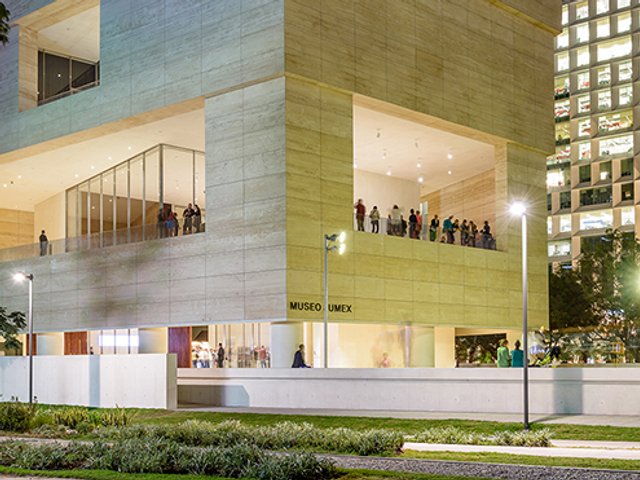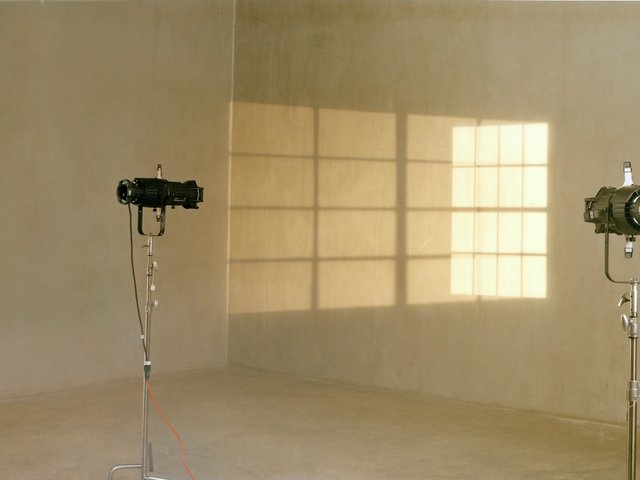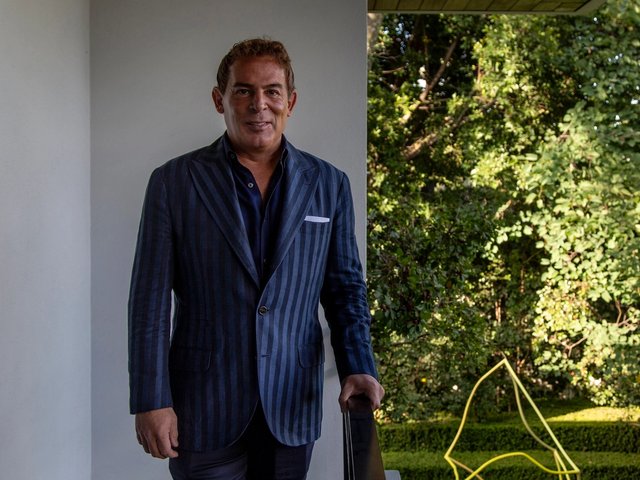Gabriel Orozco’s Politécnico Nacional marks the artist’s first museum show in Mexico since 2006. Spanning more than 300 pieces—including installations, drawings, photographs and sculptures produced since the 1990s—it occupies every level of Museo Jumex, plus a new version of his participatory sculpture Ping Pond Table (1998) in the adjacent plaza. The exhibition is arranged thematically following the vision of its curator Briony Fer, one of Orozco’s longstanding interlocutors, and is one of the most ambitious projects staged at the museum’s Polanco venue since its opening in 2013. And though it is Orozco’s first show at the museum, its founder Eugenio López has been collecting the artist’s work for decades.
The opening of Politécnico Nacional (until 3 August) follows Orozco’s years-long leadership of the master plan for Mexico City’s Chapultepec Park, his most ambitious public project to date. While the master plan for the 686-hectare urban forest includes numerous cultural and ecological components, one of its distinctive elements is his Calzada Flotante (2023), a 248m-long pedestrian bridge connecting parts of the park previously separated by highways.
Before installation at Museo Jumex began, Orozco discussed the show and how its title humorously reflects his creative range.
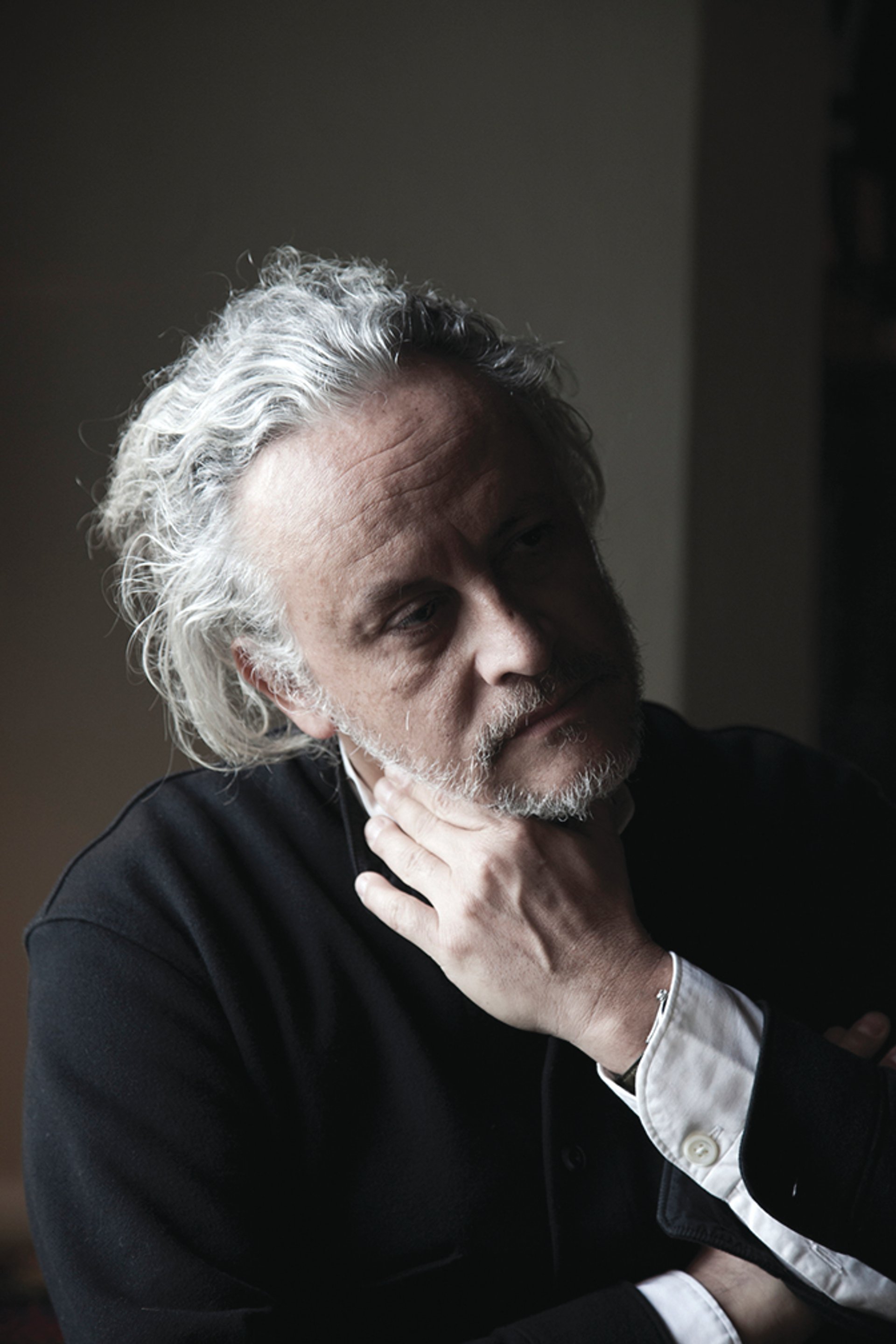
Orozco, whose solo show at Museo Jumex is his first in Mexico since 2006 Photo: Ana Hop; courtesy of Kurimanzutto
The Art Newspaper: The exhibition features works you have created since the 1990s, yet it is described as a playground where one can trace lines in your practice. Could you explain this?
Gabriel Orozco: Briony Fer, who has extensively written about my work and curated past shows, has done an outstanding job curating this exhibition. It is not exactly a retrospective; it is arranged thematically and follows my practice in public and private spheres, spanning scales from drawings and objects to working tables and large-scale public sculptures. One of the exhibition’s linking threads is the expanded notion of game, considering the interplay of languages, strategies, objects, symbols, geometries, spaces, processes and materials drawn from my practice. This is reflected in the versatile selection, including the billiard table and the chess set but also the Shoe Box (1993) and the whale (Dark Wave, 2006) shown in London.
What inspired the exhibition’s title?
Over time, I have explored various techniques and disciplines, including writing, architecture, landscape design, geometry, stone carving and photography. Somewhat jokingly, especially after leading the Chapultepec project, I believe I could now consider myself a sort of graduate from Politécnico Nacional, a public technical and science institute in Mexico City. The word “nacional” is also interesting because I have continued to work internationally while always maintaining ties with my country.
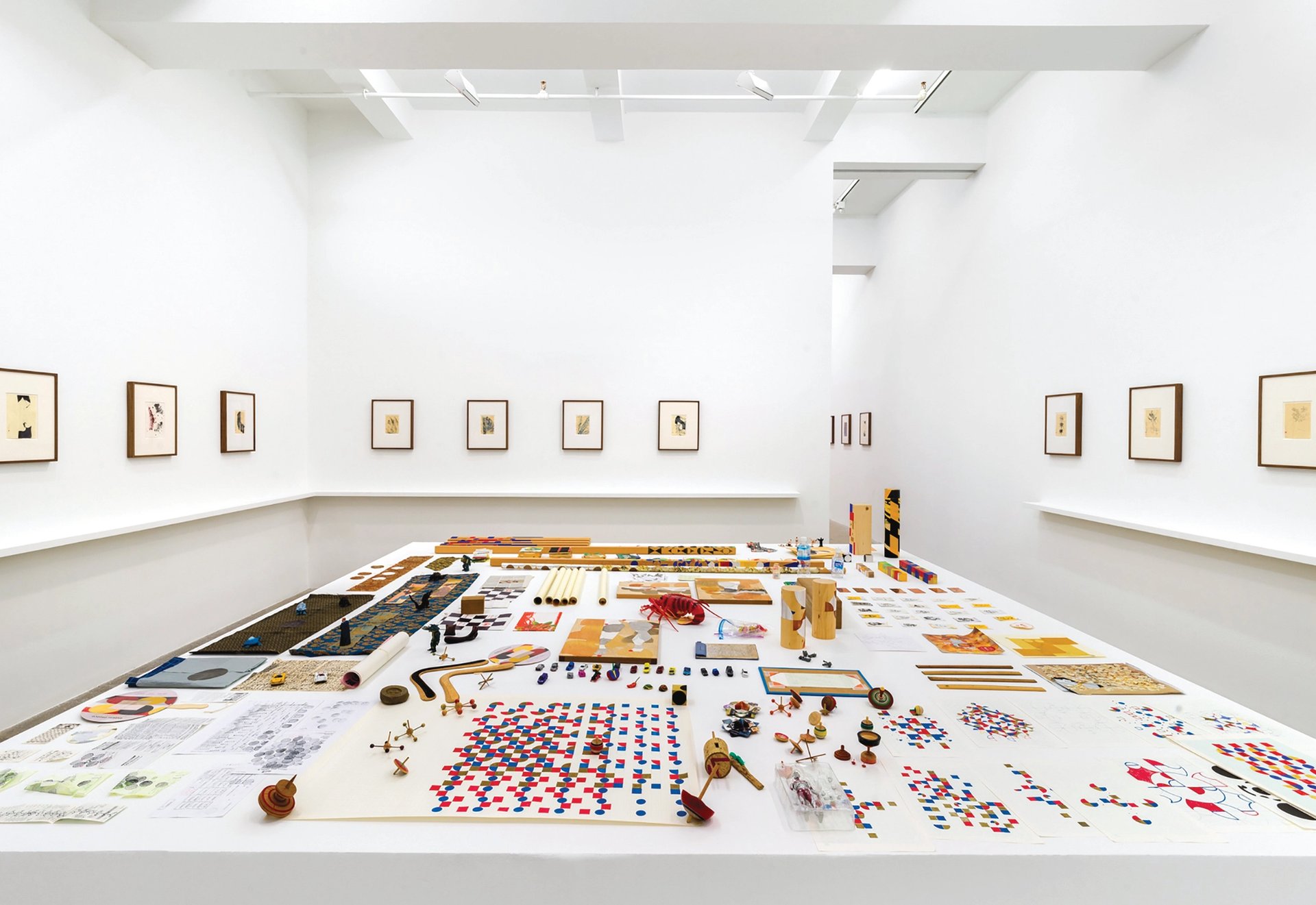
One of Orozco’s signature Working Tables, his arrangements of objects he has collected over decades Courtesy of Jenny Yeh, Winsing Arts Foundation
For the Chapultepec Park project, you worked with Politécnico Nacional graduates.
That is true. The project included many experts, some of them from Politécnico. While this division has been surpassed, traditionally, Mexico City’s National University, where I studied, represented the humanities, whereas Politécnico reflected the technical disciplines. However, more than a reference to one institution, the title alludes to the broader meaning of the French term polytechnique, encompassing a specific curriculum. I think that, especially in Mexico, the title’s significance will be easily caught.
How does the exhibition reflect your interest in nature, regardless of scale?
Since Jumex is a building, Briony Fer proposed that each of the three floors focuses on an element of my “polytechnic” work: air, earth and water. The upper floor relates to the atmosphere, planets, space and vehicles such as La DS (2013) acting like a kind of projectile. The middle level presents works connected to the organic aspect of the planet, like my terracotta pieces and Plant Diaries (2021-22). The lower level showcases underwater life and water, including the whale. Instead of following a chronological or technical order, the idea is that visitors can explore these interconnected themes and embark on a journey through the landscape of the museum levels.
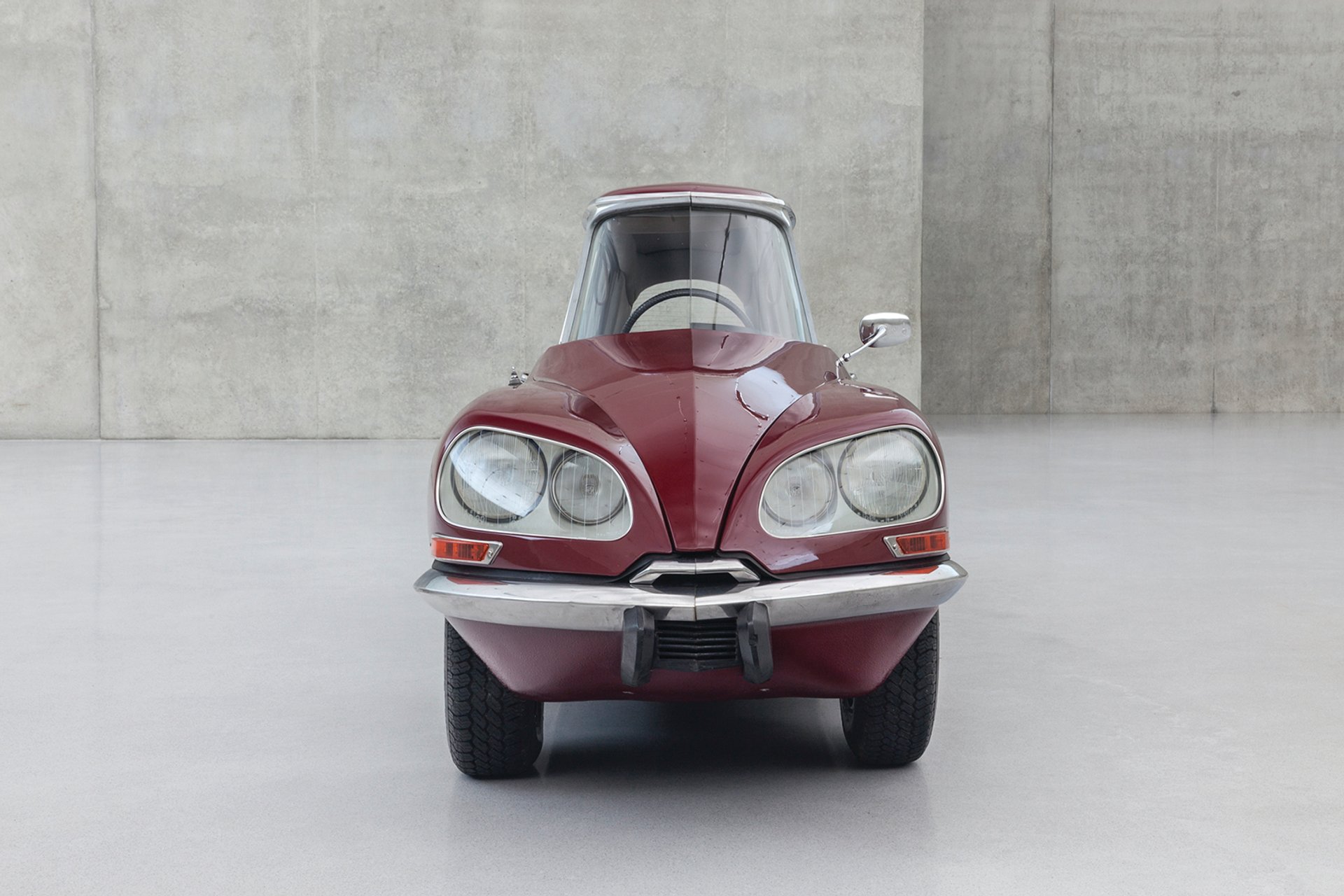
A famous work of Orozco’s, La DS Cornaline (2013), that is a reassembling of a Citroën car Courtesy of the artist and Marian Goodman Gallery, New York/Paris/Los Angeles
The show features a new version of Ping Pond Table in the plaza next to the museum. What is distinctive about this version?
I made the first version of this work in France and, since then, I thought of making an outdoor one where the pond at the centre acted as a fountain and sketched the idea in my notebook. For some cultures, like the Hindu or Oriental traditions, the pond symbolises the centre or origin. Also, ping pong can be played outdoors. The new version, specifically made for this show, is made in stone, working with the workshop I usually collaborate with for my stone works. It acts as a fountain and ping pong table where four to eight people can play at the museum.
As you have been preparing for the exhibition, what aspects of your practice have stood out to you?
The exhibition displays around 40 photographs together for the first time, allowing viewers in Mexico to connect them to my other works. The same goes for a panoramic display of my drawings. In a way, they are also “polytechnic” as they incorporate collages, abstraction, lines, interventions on airplane tickets and more “technical” drawings to design spaces like the Observatory House [in Roca Blanca, Mexico].
What is the significance of having your first large-scale show at Museo Jumex now?
Eugenio López began acquiring my work long before the museum opened, so it is a pleasure to exhibit in a museum that has followed my practice for decades and is the result of a serious collecting practice. I was happy to accept Eugenio’s invitation, as it honours the long-lasting connection with my practice and is a well-articulated and creative exhibition of my work.
- Gabriel Orozco: Politécnico Nacional, Museo Jumex, Polanco, until 3 August


